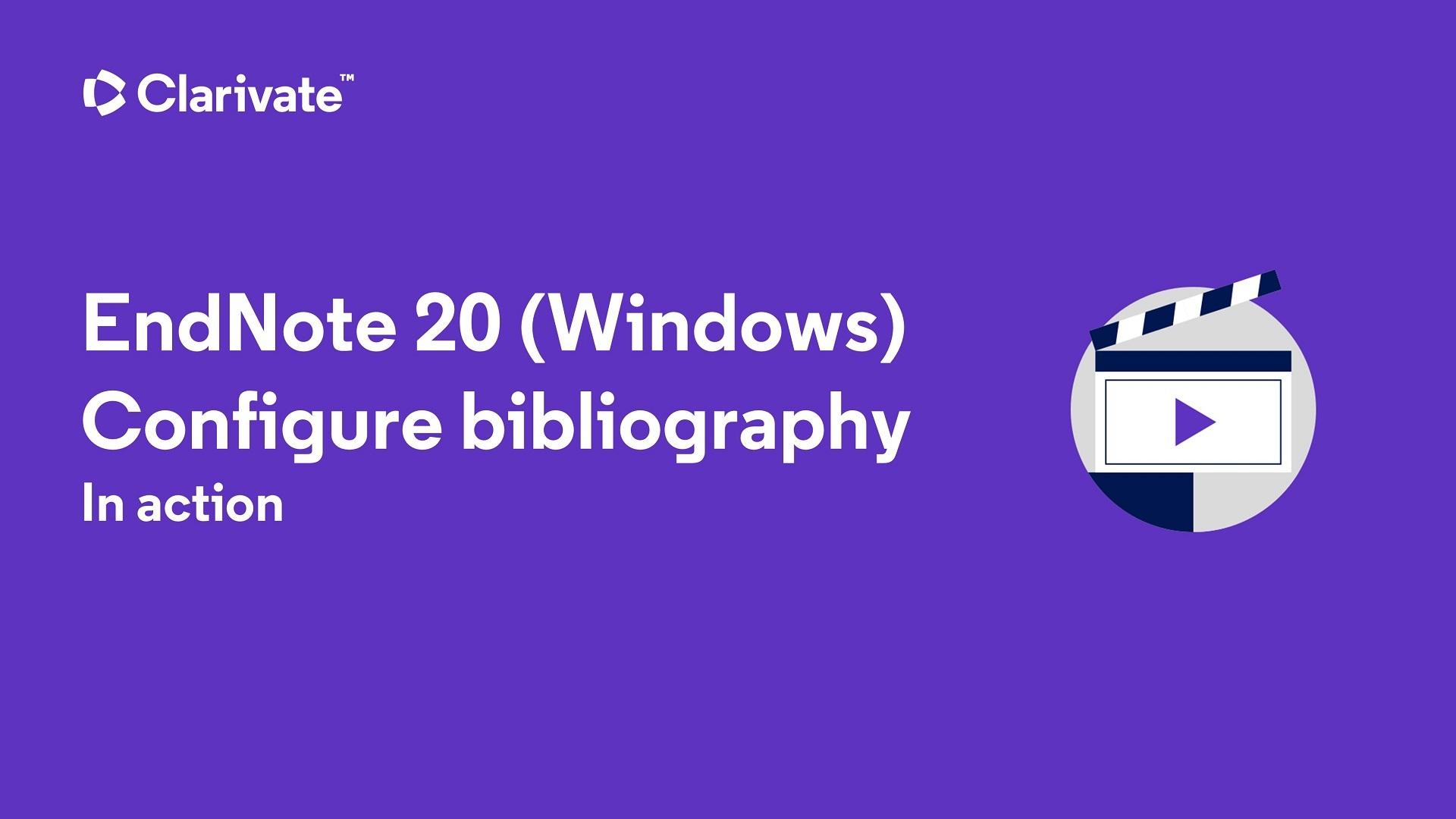
What is unformatted mode?
Unformatted citations have the author name, year and record number in curly braces, eg {Moss, 2003 #71}. Your bibliography is not visible when working in unformatted mode. Citations in-text or footnotes look like this:

Why work in unformatted mode?
Less processing power needed by your computer when working in unformatted mode. Therefore it can speed up working with long documents, such as theses.
When to use unformatted mode:
1. Before cutting and pasting text within or between documents. For example, if you were combining your thesis chapters into a single document you would make sure both the source and target documents were in unformatted mode. You would then highlight and copy the text in your source document, and then paste it in your target document. Then you would format your target document, which would format the citations in your style, and create a single bibliography at the end of your thesis.
2. Before inserting the chapter files into a master document using the Insert Object from File method. Save all of your chapters in unformatted mode before inserting into your master document, then format the master document.
3. As a way of safely deleting a reference. You can safely delete a reference when your document is in unformatted mode. Just be sure to remove everything within and including the curly braces.
4. When your document is extremely large and you find that inserting or removing references working in formatted mode is taking a long time or causing Word to "hang".
What is formatted mode'?
Your in-text or footnote citations appear formatted in the referencing style you have chosen and your bibliography (if your style uses one) is created at the end of your document.
In the below example, Word preferences have been set to shade text that has EndNote code.

When to use formatted mode:
1. If you simply prefer seeing your citations as they will appear in your final document.
2. If your computer can cope with the size of your document and is not taking too long to insert or remove citations.
3. As a final step to preview your completed document to check that your references and bibliography appear as you expect.
Turn Formatting Off
Usually your Word document defaults to formatted mode - that is, your citations will appear in your document formatted in your chosen referencing style. To switch to unformatted mode:
On your EndNote 20 menu, click on Convert Citations and Bibliography > Convert to Unformatted Citations or click on the Instant Formatting menu and select Instant Formatting is off.
Any new citations you insert will continue to be in unformatted mode until you update formatting mode again.
Turn Formatting On
You can re-format your document using the Update Citations and Bibliography or click on the Instant Formatting menu and select Instant Formatting is On.
Why convert to plain text?
This is used when you wish to submit your completed article/thesis to a publisher or a chapter to a supervisor.
This way the document is not cluttered with unnecessary EndNote code. It also prevents the problem where someone edits your work and inadvertently corrupts the document by deleting or changing text that has EndNote code attached.
This new copy of your Word document will retain all the citations and the bibliography, but will no longer be connected to your EndNote library or have code embedded within it.
This is an EndNote Training production. Customize the appearance of an EndNote generated reference list via Configure Bibliography. Changes made to a bibliography are document-specific. This video-only walkthrough shows the process of customizing an EndNote-formatted bibliography using a Cite While You Write function called Configure Bibliography.
